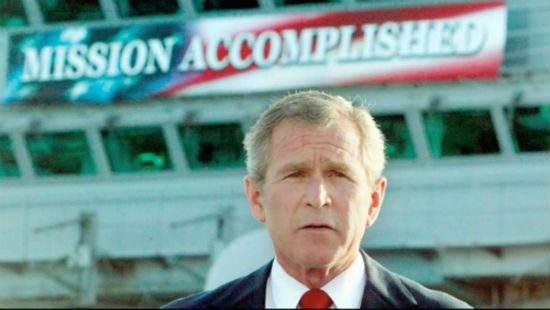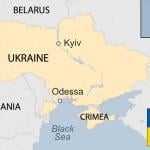National Public Radio’s Morning Edition presented an interesting report today on the U.S. Army’s internal debate: “Army Focus on Counterinsurgency Debated Within.” NPR’s Guy Raz interviewed a series of leading military strategists to provide a useful description of this focus on counterinsurgency:
The counterinsurgency doctrine emphasizes the use of minimal force, with the intent of winning the hearts and minds of a civilian population. …
“I would say that Gen. Petraeus’ promotion is an affirmation of the fact that the counterinsurgency doctrine he wrote and the counterinsurgency strategy that he implemented in Iraq was successful,” says Lt. Col. John Nagl, one of the Army’s top experts on counterinsurgency doctrine.
… Nagl was based in Anbar province during a 2003-04 tour in Iraq, and he says it was there that he realized the U.S. Army had gotten itself tangled up in an insurgency.
…He began helping write the Army’s counterinsurgency handbook, better known as Field Manual 3-24. The manual is like a roadmap for officers: It emphasizes the use of minimal force. The idea in a counterinsurgency campaign, Nagl says, is to drive a wedge between the civilian population and insurgents who live among them.
… Col. Peter Mansoor, a top aide to Gen. Petraeus, also helped write the manual. Mansoor, who spoke from Baghdad, is part of Gen. Petraeus’ famed brain trust of advisers, a group of officers and civilians who live and breathe counterinsurgency doctrine. “The people are the prize in a counterinsurgency operation. They are the key terrain, if you will, on which victory or defeat rests.”
I appreciate this “the people are the prize” approach. It makes sense to me.
The problem for Mansoor and Nagl, however, is that this report aired on NPR following the morning’s main headlines. That included a report, also from Baghdad, on the fighting in that city’s largest slum, Sadr City.
That district is sometimes referred to as a “neighborhood,” which is misleading. The population of Sadr City is about the same as that of Brooklyn, jammed into an area less than a quarter as large. It’s home to 2.5 million people, including thousands of Shiite militiamen from a Shiite faction that U.S. forces have alternated between wooing and trying to crush (at the moment, they’re in trying-to-crush mode).
For the last nine days, NPR reported, the U.S. has been hitting Sadr City with airstrikes. “Airstrikes” implies a more targeted, more intentionally discriminate approach than crude carpet bombing, but how precisely discriminate can such strikes really be when directed at a densely populated slum that’s home to almost 1 of every 10 Iraqi civilians?
If “the people are the prize,” then we’re bombing the hell out of the prize. That seems unlikely to be an effective way to win hearts and minds or to drive a wedge between the civilian population and insurgents who live among them.
Imagine if the FBI announced a new strategy to combat the Brighton Beach-based Russian mafia. For the next nine days, they say, Brooklyn will be the focus of military airstrikes. Don’t worry about all the innocent New Yorkers, the FBI says, our missiles are really quite precise, the maps and intel guiding them are flawless, and compared to Sadr City, Brooklyn is sparsely populated. The off-chance of a bit of collateral damage couldn’t possibly outweigh Brooklynites’ gratitude for the attempt to liberate them from the lethal criminals living in their midst. Right?
The U.S. Army’s internal “debate” that NPR reports presents two competing philosophies. In old-fashioned, conventional war, the military conducts all-out conflict to destroy an enemy nation. To that end, it conducts airstrikes against popultion centers. In 21st-century counterinsurgencies, the military conducts wars of liberation to free oppressed people. To that end, it conducts airstrikes against popultion centers.
I suppose what we need to do now is to sit down with the 2.5 million residents of Baghdad’s most crowded district and explain to them this important philosophical distinction.












